15 Foods You Think Are Healthy That Might Be Worsening Your Acid Reflux
Navigating what to eat can feel surprisingly confusing, especially when foods endorsed as “healthy” start showing up as possible culprits behind your persistent acid reflux. If you’ve found yourself eyeing a piece of fruit or a hearty salad and wondering whether it might actually stoke the fire in your chest, you’re not alone. Acid reflux affects about 20% of adults in the United States, and managing it isn’t always as straightforward as simply cutting out fried or processed foods. Sometimes, the very ingredients that have earned a place in our “good for you” arsenal come with unexpected drawbacks if you’re sensitive to heartburn. The truth is, our bodies can process foods differently, and what soothes one person’s system could quietly spark discomfort in someone else. It’s easy to get frustrated—after all, who would suspect a humble tomato or a crunchy handful of nuts? But knowledge is power. By understanding exactly how certain healthy foods can affect your digestive system, you empower yourself to make informed decisions that feel nurturing rather than restrictive. No food list should make you feel guilty or worried—think of this as your permission to experiment, keep what works, and leave the rest. As you read through these 15 surprising “healthy” foods that might be making your acid reflux worse, remember: small shifts in habits (not perfection) are what truly make a difference. If you see a favorite on this list, use it as a gentle invitation to notice how your body responds, not a rule to abandon nourishment you enjoy.
1. Citrus Fruits: Vitamin C With a Catch

Citrus fruits—like oranges, grapefruits, lemons, and limes—often wear the “immune-boosting” cape, packed with vitamin C, hydration, and sunny flavor. Yet these nutritional powerhouses come with a downside for those managing acid reflux. The very thing that keeps them tangy and fresh—their naturally high level of citric acid—can irritate the esophagus and lower its natural defenses. When you enjoy citrus, the acid may contribute to the relaxation of the lower esophageal sphincter (LES), which normally keeps stomach contents from splashing back upward. That’s when the familiar burn of reflux kicks in. It’s a tricky paradox: you want the antioxidants and the benefit to your immune system, but your body may pay a price if you’re sensitive. What can you do instead? Try gentler fruits like bananas, melons, apples, or pears. These all deliver vital nutrients without packing quite the same acidic punch. If you can’t give up citrus entirely, pay attention to portion size and timing, and notice how your body feels afterward. Remember, listening to your own experience is more important than following any diet dogma.
2. Tomatoes and Tomato-Based Foods: Antioxidant Dilemma
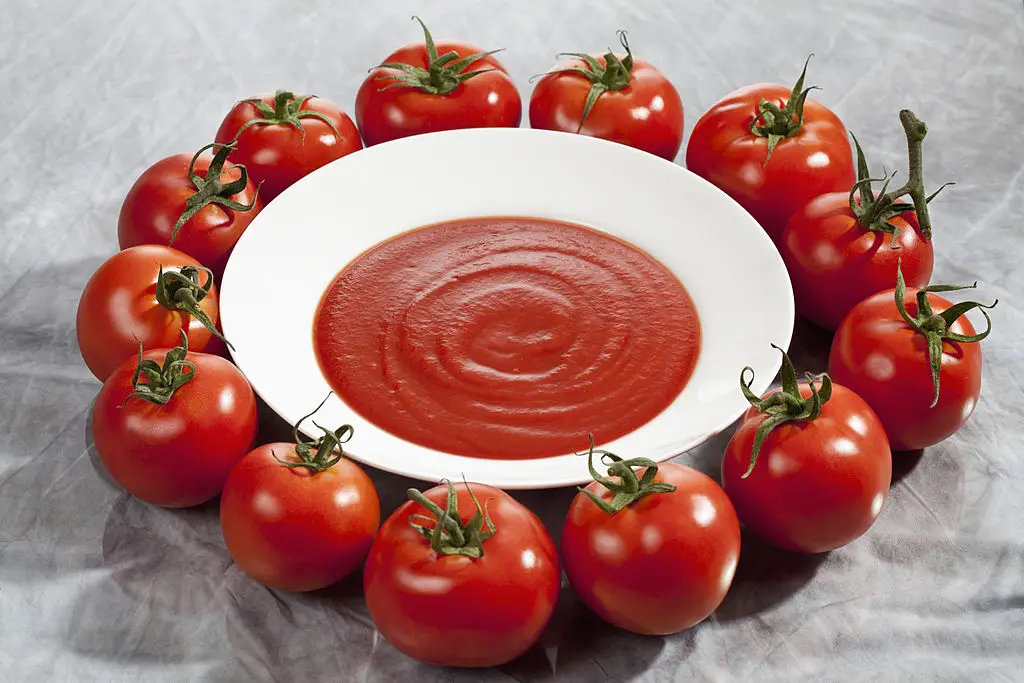
Tomatoes are a kitchen staple and nutrition champion, often lauded for their wealth of lycopene and antioxidants. In salads, sauces, or snacks, they bring color and vibrancy to meals. But here’s the rub: tomatoes, especially in concentrated forms like tomato sauce, paste, or ketchup, are naturally high in acid. For people prone to acid reflux, this acidity can tip the scales toward discomfort, relaxing the LES and opening the door to heartburn. If you love that classic tomato tang, all is not lost. Roasted red peppers can stand in beautifully for tomatoes in some dishes, providing a sweet, hearty flavor without the same acid content. Also, experimenting with smaller portions or using tomatoes in cooked over raw form may make a difference—cooking can sometimes reduce the acid sting. As with all foods on this list, it’s not about outright elimination but about discovering your own threshold and choosing swaps that feel right for you.
3. Peppermint and Mint: Soothing Herb, Surprising Trigger
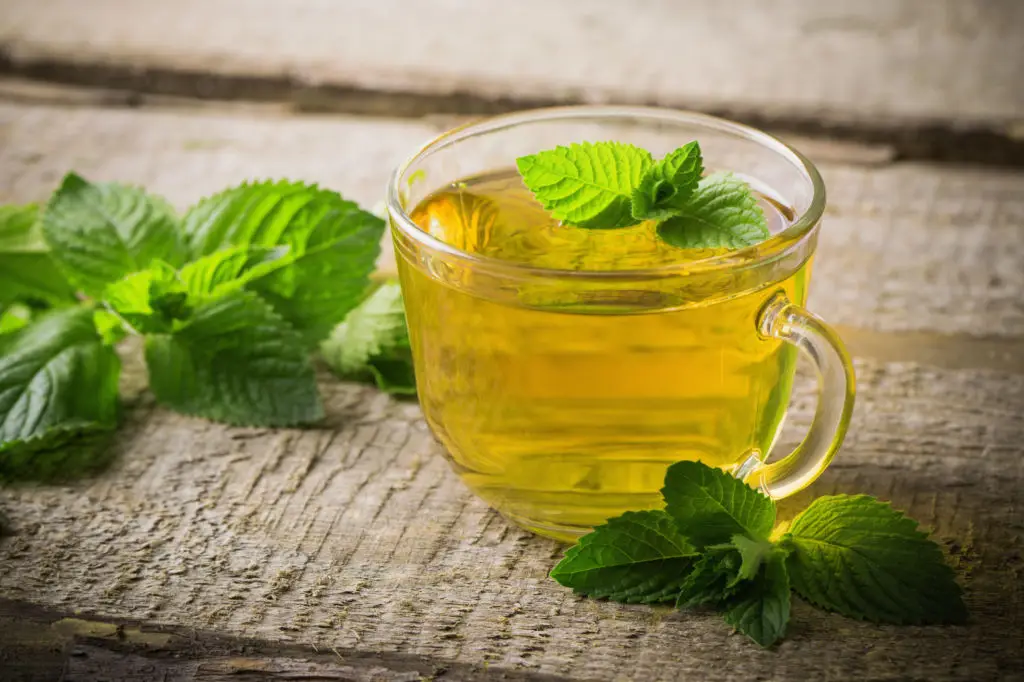
Peppermint may be the first flavor you think of when looking for digestive comfort, but the science behind it is a bit more complex. While peppermint can help soothe muscle spasms and ease bloating for some, it can paradoxically provoke acid reflux for others. The essential oils in peppermint, whether found in herbal tea, candies, or fresh mint leaves, have a relaxing effect—unfortunately, they may also relax the LES, allowing stomach acid to sneak up into the esophagus. That means the after-dinner mint or even your midday peppermint tea might actually make you feel worse if heartburn is your frequent companion. If you miss the ritual of a calming herbal tea, consider alternatives like chamomile or ginger (which, for some, soothes reflux). As always, individual tolerance matters most, so gentle experimentation—guided by how you feel—can guide you to better choices.
4. Onions: A Staple With a Downside
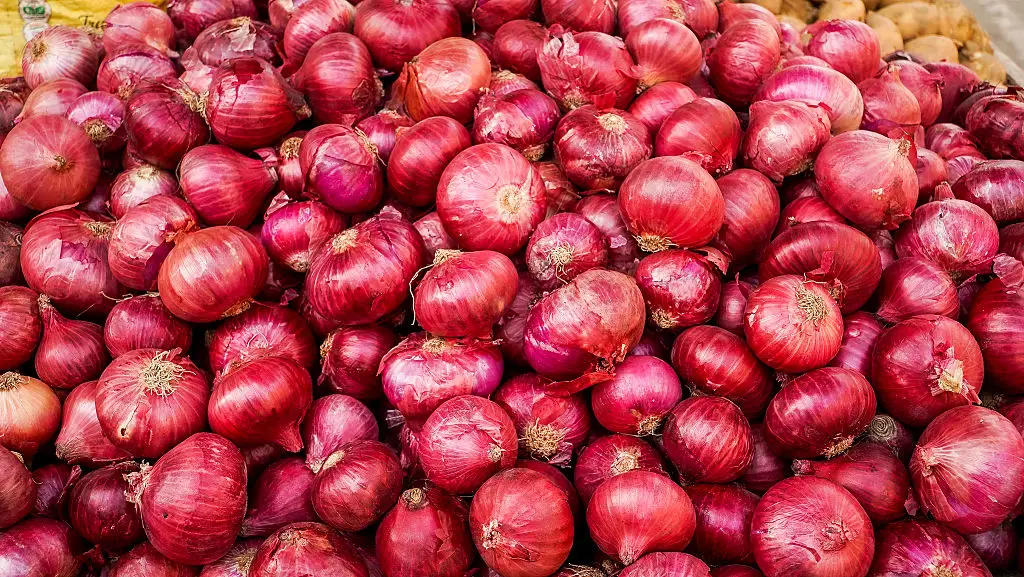
Onions make their way into countless healthy recipes, celebrated for their unique flavor and antioxidants. But raw onions, in particular, can be a sneaky contributor to acid reflux. They’re high in fermentable fiber, which can encourage the development of gas and put pressure on the LES, potentially leading to increased episodes of heartburn or bloating. Cooked onions are often better tolerated—the cooking process breaks down some of the compounds responsible for discomfort. If onions are a must-have in your cooking, try sautéing or roasting them to mellow their effect. You might also lean on mild, aromatic herbs to provide flavor depth without the digestive backlash. Those with a sensitive gut often find that tweaking how a food is prepared, rather than eliminating it, can open the door to more enjoyable eating.
5. Garlic: Heart Health vs. Heartburn
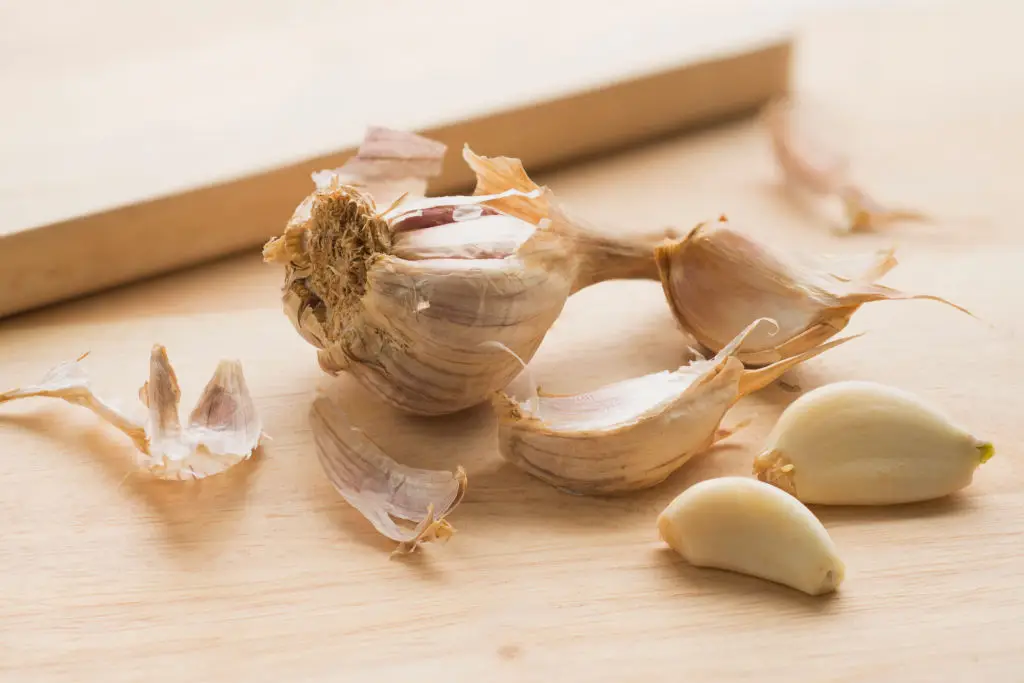
Garlic is famous for supporting cardiovascular health and bolstering the immune system. But for people prone to acidic discomfort, garlic—especially in its raw state—may be more foe than friend. The compounds in garlic can trigger the same relaxation of the LES as onions, and sometimes bring extra digestive symptoms like gas and bloating. That doesn’t mean garlic must disappear from your favorite recipes. Try using it in cooked rather than raw form, as heat can temper its impact on your esophagus. If you’re still experiencing symptoms, cut back the quantity or explore garlic-infused oils for lower potency. The key here is gentle awareness—find the balance that brings you the most flavor with the least discomfort, and celebrate every delicious solution.
6. Spicy Peppers: Spice With a Price
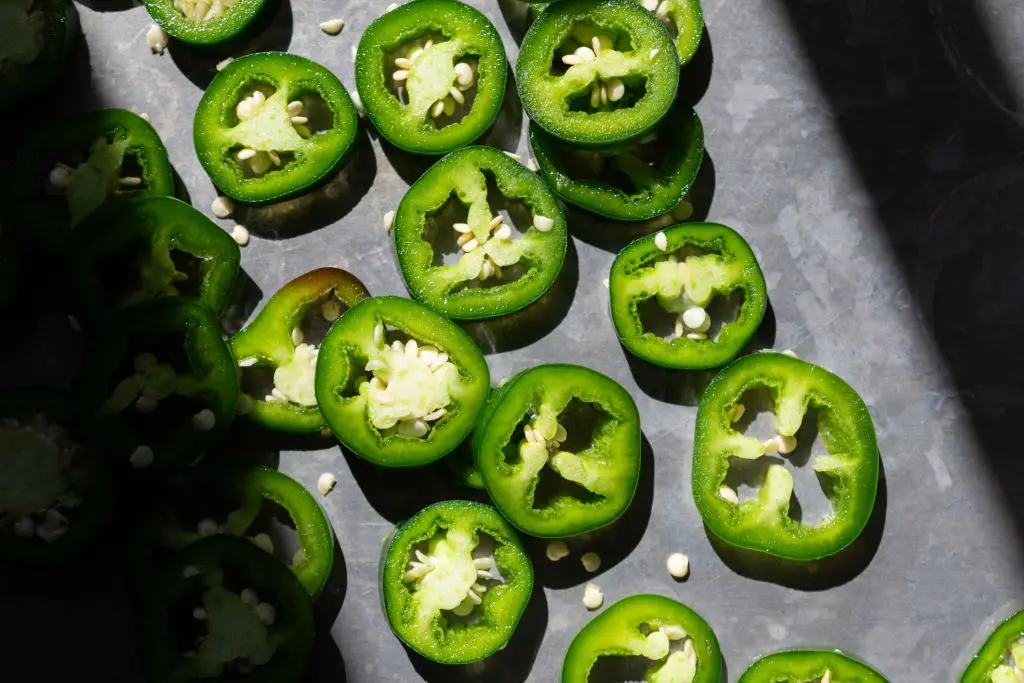
Chili peppers and other spicy foods are often touted for their metabolism-boosting and antioxidant perks. Capsaicin, the chemical responsible for their heat, can actually offer pain relief and digestive support in some, but it’s also a known trigger for heartburn. The heat increases acid production and can irritate the lining of an already sensitive esophagus, thereby sparking that unmistakable burn. If you’re not ready to banish spice from your life, gentler alternatives like sweet bell peppers or the use of mild herbs (think basil or parsley) can inject flavor without risking discomfort. Everyone’s spicy tolerance is a bit different, so small adjustments—like skimping on fresh jalapeños or removing spicy seeds—can help you savor your favorite foods with more peace of mind.
7. High-Fat Dairy: Creaminess That Comes With a Cost
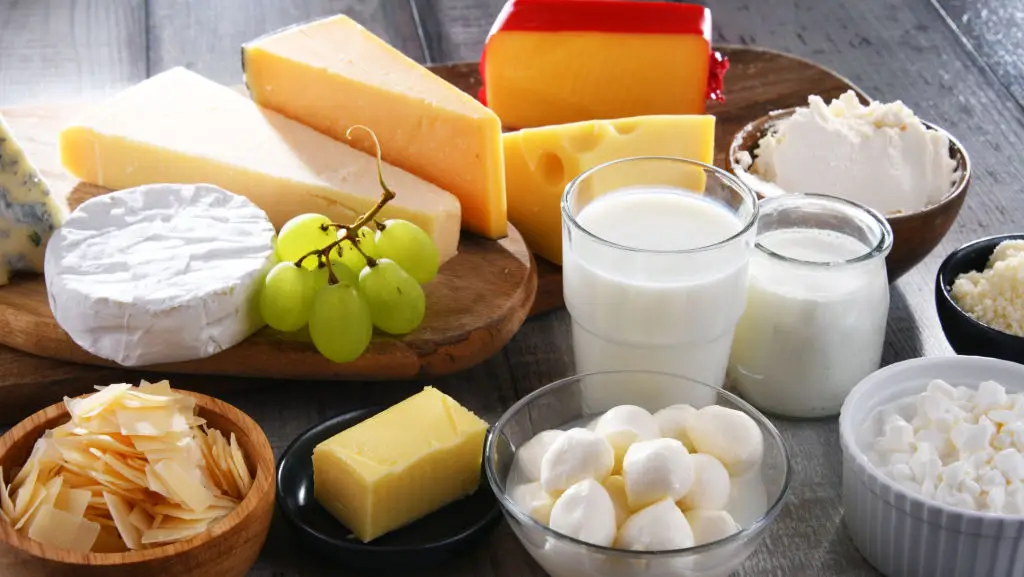
Creamy yogurts, rich cheeses, and whole milk offer valuable calcium and feel especially comforting in a balanced diet. But high-fat dairy can work against your body’s acid barriers. Fat, whether from milk or cheese, can relax the LES and increase the production of stomach acid, both of which set the stage for more intense reflux symptoms. It’s a classic example of “good” nutrition that doesn’t always play nicely with gut health. If you love dairy but struggle with reflux, try switching to lower-fat versions or plant-based alternatives like almond or oat milk. Check labels for fat content, and notice which forms (like Greek yogurt versus cream cheese) work best for you. It’s less about “good” or “bad” foods and more about discovering what supports your comfort on a daily basis.
8. Avocado: Good Fats, Bad Timing
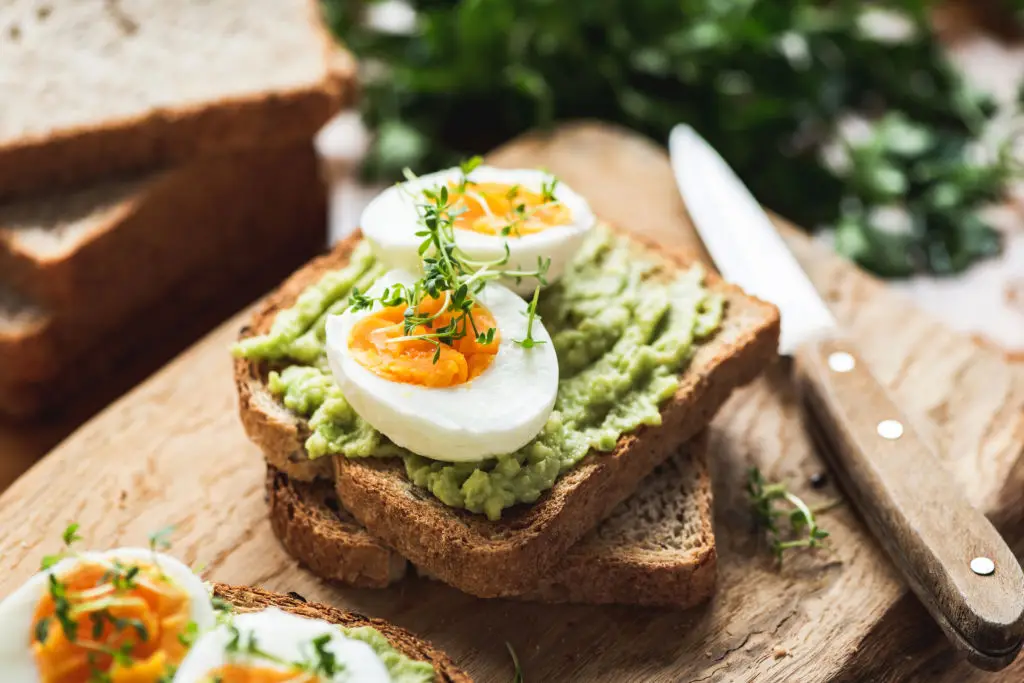
Avocados win hearts for their creamy texture, healthy fats, and a generous helping of vitamins and minerals. Those heart-healthy monounsaturated fats, though, can present trouble for sensitive stomachs. Because dietary fat relaxes the LES, even avocados might flick the switch on your reflux symptoms, especially if you enjoy them in large portions. Moderation is one of the best tools in your toolbox. Try smaller servings, and pair avocado with lower-fat foods to help keep things balanced. If avocados still give you trouble, experiment with sliced cucumber or mashed peas for color and fiber, minus the fat content. Each food is only one piece of your wellness puzzle, and swaps like these keep your meals satisfying and comfortable.
9. Nuts and Nut Butters: Protein With a Price
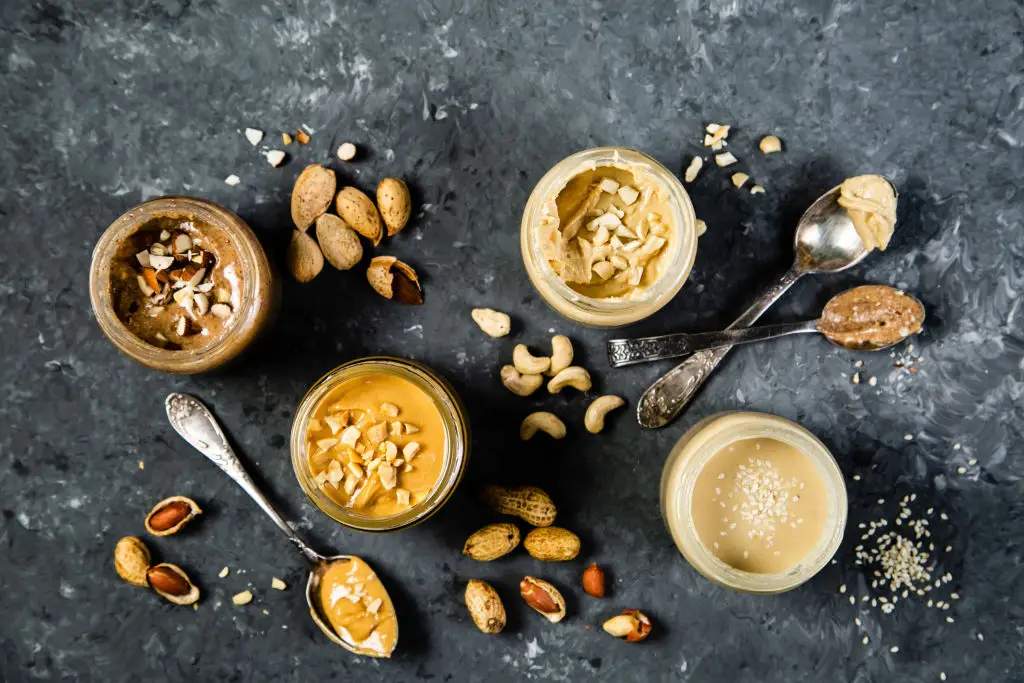
Nuts and their creamy butters—almonds, cashews, peanuts—are often at the top of “snacks that do it all.” With protein, fiber, and healthy fats, they help with satiety and heart health. Unfortunately, that same richness can cause hiccups for those prone to acid reflux. Like other high-fat foods, nuts may relax the LES, and their density can make them slow to digest, increasing the risk for that telltale burn. If nuts leave you feeling unsettled, try pumpkin or sunflower seeds in moderation as a crunchy alternative. Watch your portion sizes—sometimes just a little less can make all the difference. Swapping in a different snack is an act of self-care, not a deprivation. Test and see what brings you the best combination of taste and tummy harmony.
10. Whole Grains High in Insoluble Fiber: Gut Goodness, But...
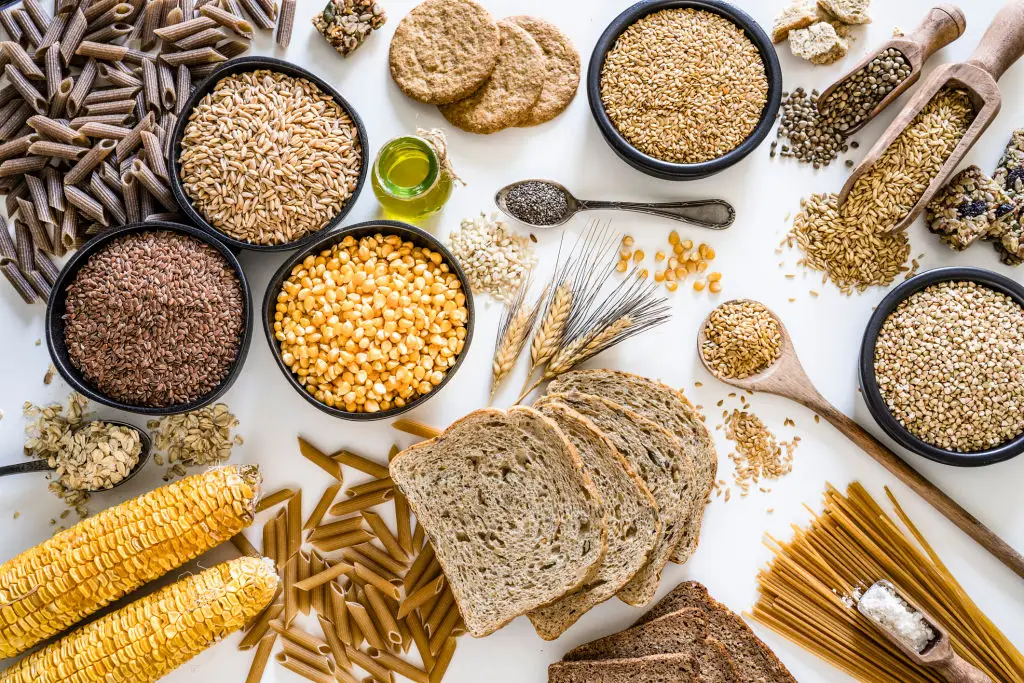
Whole grains like brown rice, wheat bran, and rustic breads are famed for supporting heart health and keeping digestion regular. Yet for some individuals with GERD, insoluble fiber can cause digestive discomfort—think bloating, extra gas, or even triggering reflux episodes. It’s a tricky example of a food that’s usually beneficial but can backfire depending on your digestive landscape. Don’t be quick to shelve grains altogether. Instead, try focusing on low-acid, soluble fiber-rich options like oats or quinoa; these are generally easier to tolerate. Toasting or partially cooking grains may also improve their digestibility. Remember, every adjustment is a personal experiment, and getting creative can lead you to new favorites that may have gone overlooked.
11. Raw Cruciferous Vegetables: Nutrition With a Caveat
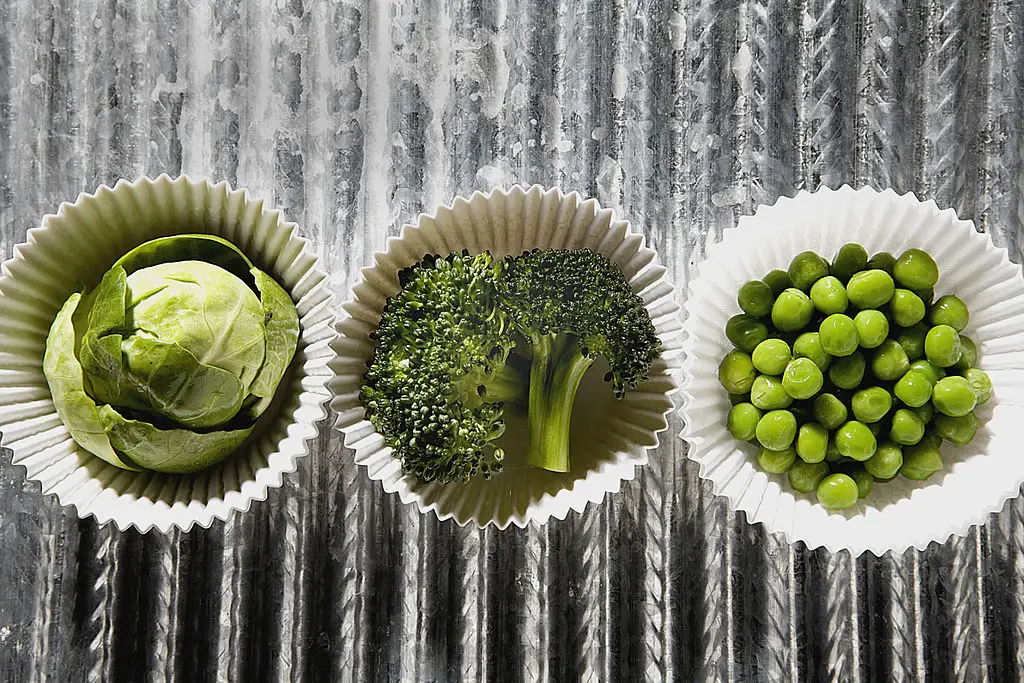
Cruciferous vegetables—broccoli, cauliflower, kale—deserve their “eat your greens” buzz for good reason. They are core sources of vitamins, minerals, and fiber. However, eating these veggies raw can sometimes spell trouble for a reflux-prone stomach. Their dense, fibrous structure can create gas, bloating, and pressure on the LES, which in turn may prompt or worsen reflux symptoms. Cooking cruciferous veggies softens their fibers and may filter out some of their tougher effects. Steamed, roasted, or stir-fried, they can be much gentler on digestion while still offering robust nutritional benefits. Customizing your prep method is a form of self-care—one that might transform a difficult meal into a nourishing experience.
12. Berries: Tiny Fruits, Big Surprise
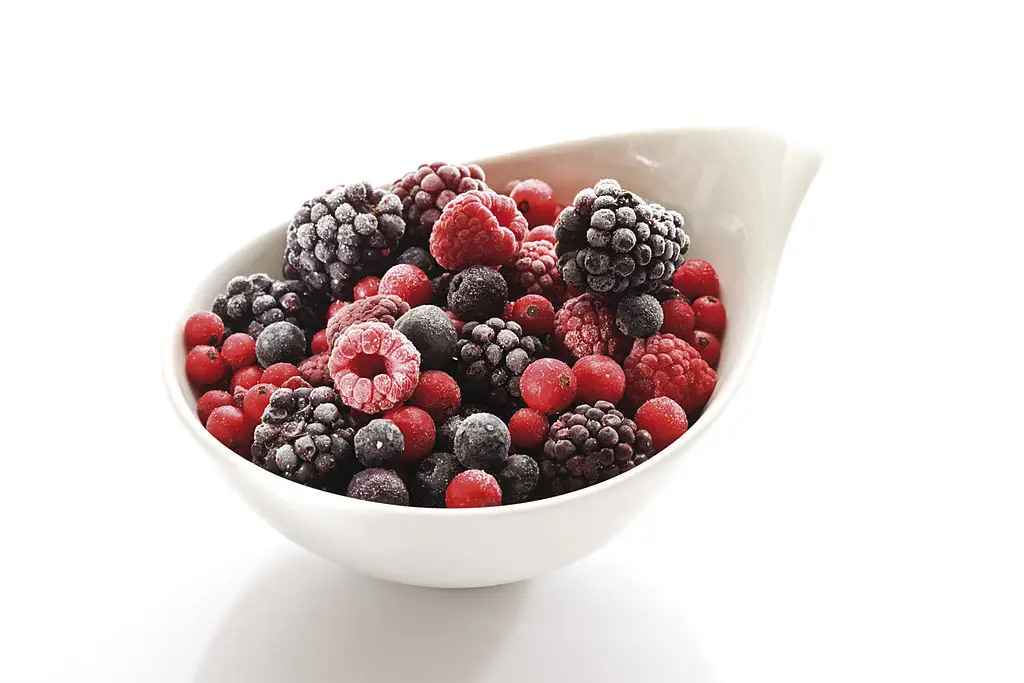
Berries might seem like a harmless treat—loaded with antioxidants, fiber, and natural sweetness. Yet certain varieties, such as strawberries, raspberries, and blueberries, carry a surprising acidity. For some, this means a handful of berries (especially on an empty stomach) can tip the GERD balance. You don’t need to banish berries, but consider how your body reacts. If you notice issues, try opting for lower-acid alternatives such as pears or melon, or enjoy berries in moderation paired with other low-acid foods. Learning your own signals—rather than defaulting to strict food lists—is what makes for a nourishing, sustainable approach.
13. Ginger: The Double-Edged Root

Ginger’s reputation as a digestive helper is well-deserved—it can ease nausea and reduce inflammation. But here’s the nuanced truth: some people find that ginger, especially in large amounts or concentrated tea, can actually spark heartburn. This response highlights how variable individual digestion can be, even when following well-meaning dietary advice. If you’re drawn to ginger’s warmth, try it in small amounts and observe how your body feels. For some, ginger offers steady relief; for others, it may need to be limited or swapped for calming teas like chamomile. Either way, you are the best judge of your own digestive comfort.
14. Soy Products: Tofu, Soy Milk, Hidden Challengers
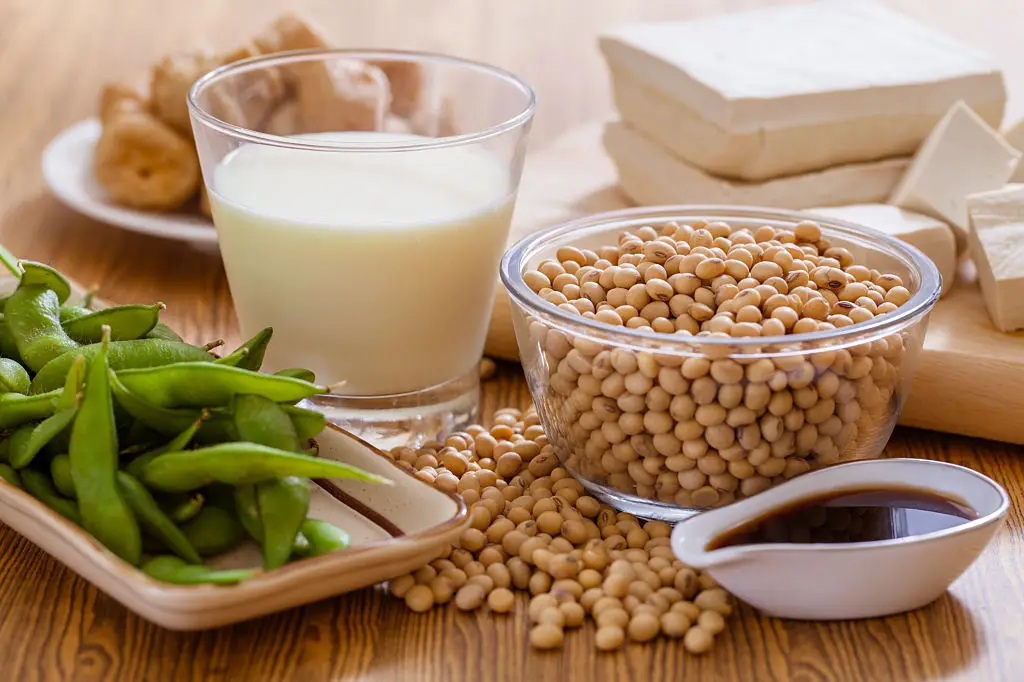
Soy-based foods like tofu, tempeh, and soy milk provide sought-after plant protein and valuable nutrients. Yet for some people, the phytoestrogens and specific fibers in soy can slow down digestion or increase gas production—both of which have the potential to exacerbate reflux symptoms. It’s another case where “healthy” isn’t universal. Don’t be discouraged: almond milk, oat milk, or simple roasted veggies can deliver similar satisfaction with gentler results. A thoughtful bit of trial and error lets you find plant proteins and milks that are as kind to your digestion as they are to the planet.
15. Yogurt Paradox: Probiotics With a Punch
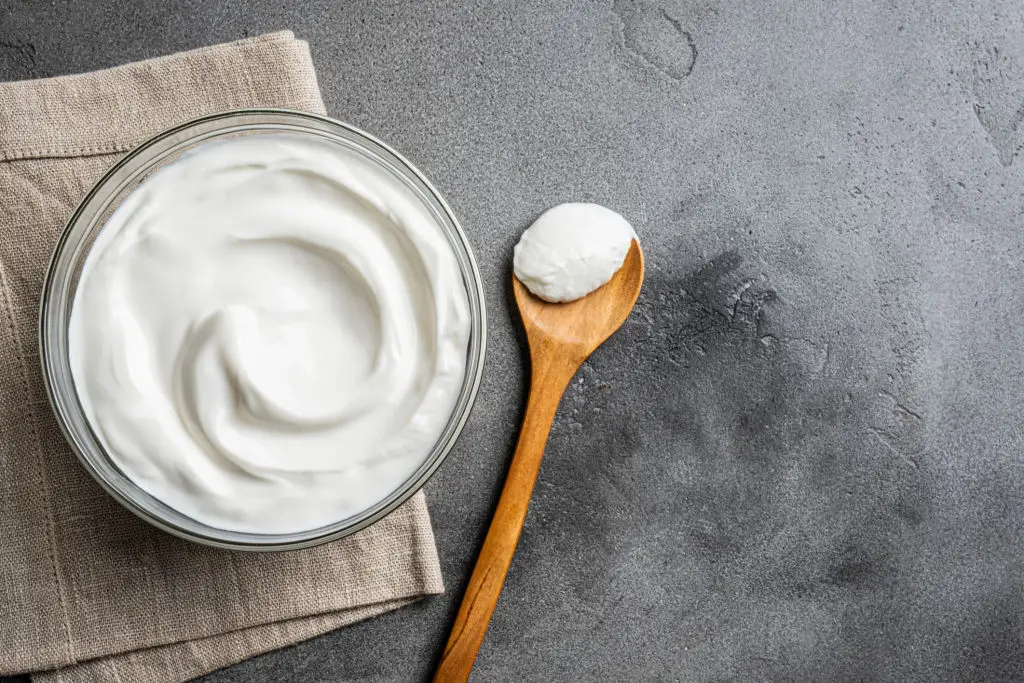
Yogurt is frequently recommended for gut health thanks to its live probiotic cultures, but not all yogurts are created equal. Some varieties are high in fat or have a surprisingly low pH, making them a potential trigger for reflux in susceptible individuals. Flavored and full-fat yogurts are the most likely candidates; low-fat, plain versions tend to be gentler. When yogurt gives you trouble, try switching to Greek or Icelandic-style varieties with less acid, and always watch the added sugar content. Sometimes it’s about finding a specific brand or style that meshes best with your needs. With a bit of attentiveness, you can hang on to the gut benefits while sidestepping the heartburn.
Finding Balance and Enjoyment on Your Wellness Journey

Living well with acid reflux doesn’t mean saying goodbye to every food you once loved, nor does it require perfection or rigid rules. Instead, it’s about curiosity and kindness—listening to how your body responds, making mindful swaps, and remembering that comfort and nourishment can absolutely go hand in hand. The simple act of paying attention to what helps or hinders your well-being is an empowering step, no matter your starting point. Keep in mind: even with all the science-backed insight in this list, no two bodies are the same. That’s why the journey to digestive balance is wonderfully personal. You might find that certain “problem” foods slip by with no trouble at all, or that a particular substitute becomes a new favorite. Give yourself permission to explore, take breaks from foods as needed, and celebrate small victories along the way. If you’re ever uncertain, checking in with a trusted healthcare professional is always wise—especially when it comes to making changes that affect your long-term health. Embracing these gentle shifts in your diet isn’t about restriction, but about honoring both your body’s signals and your right to enjoy food. Here’s to feeling more comfortable, one mindful choice at a time.